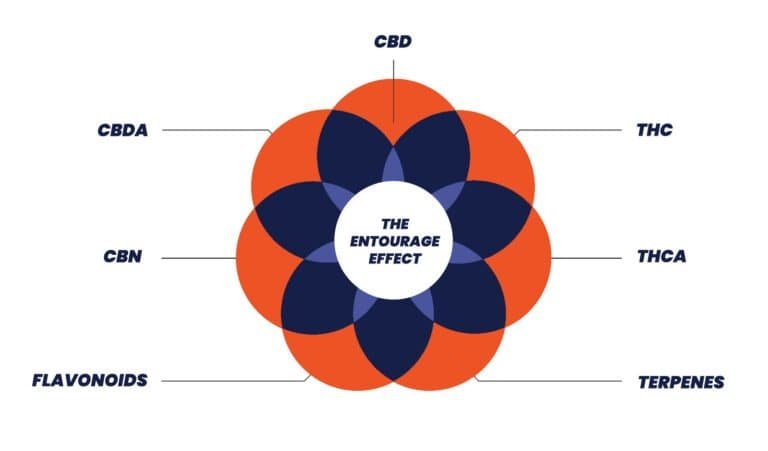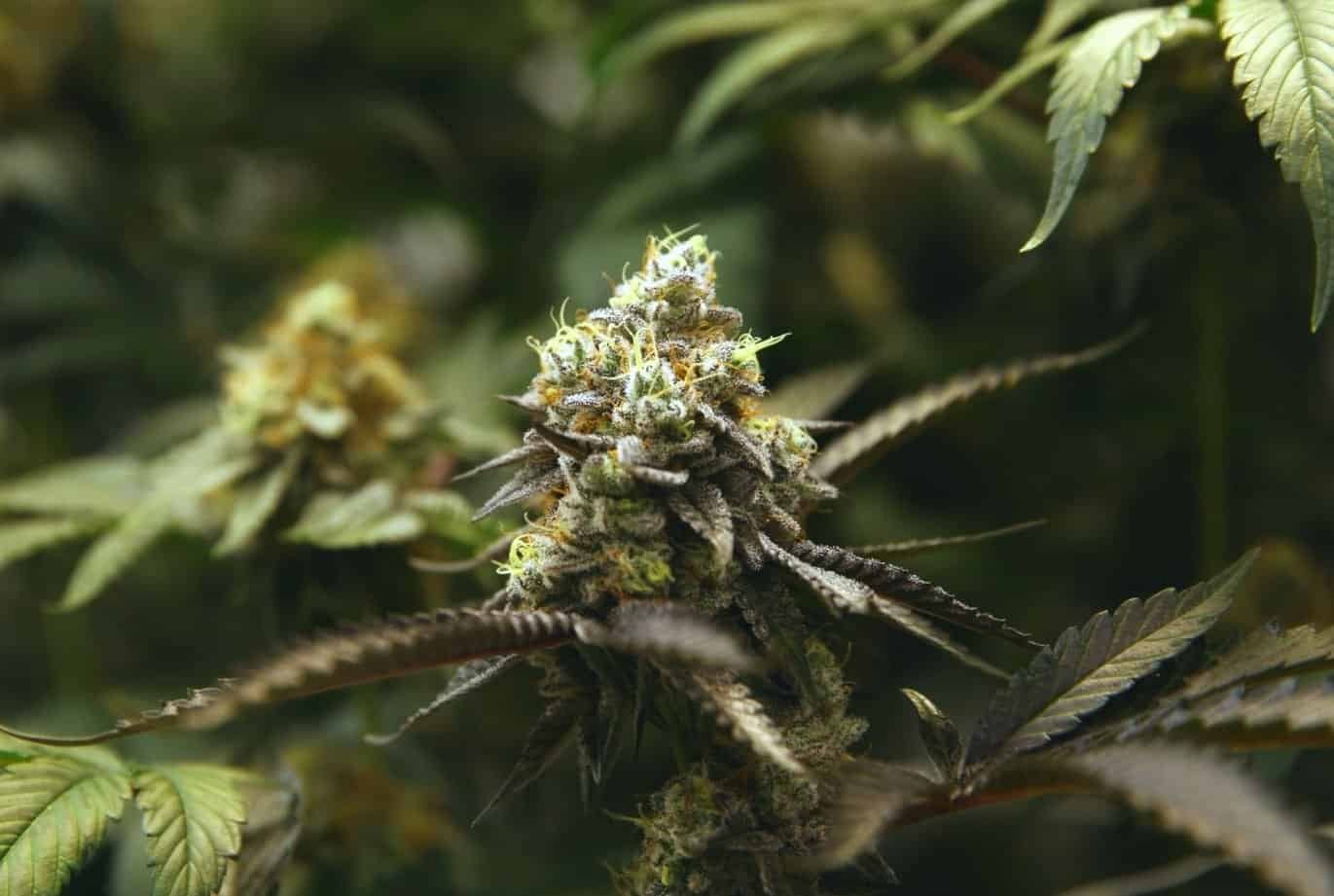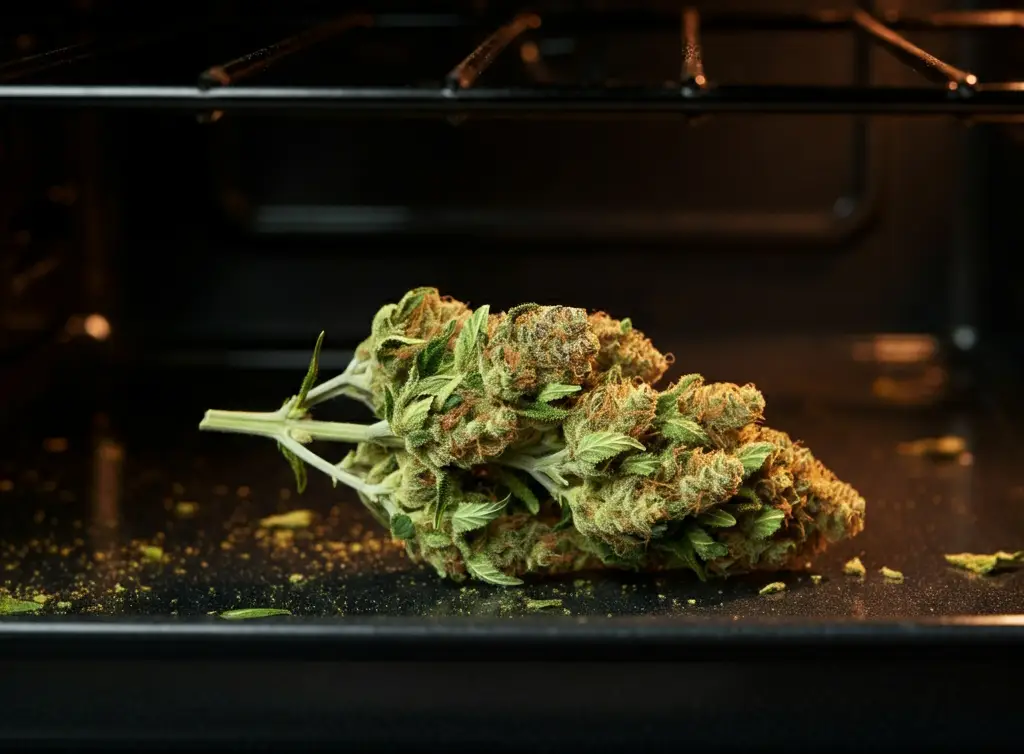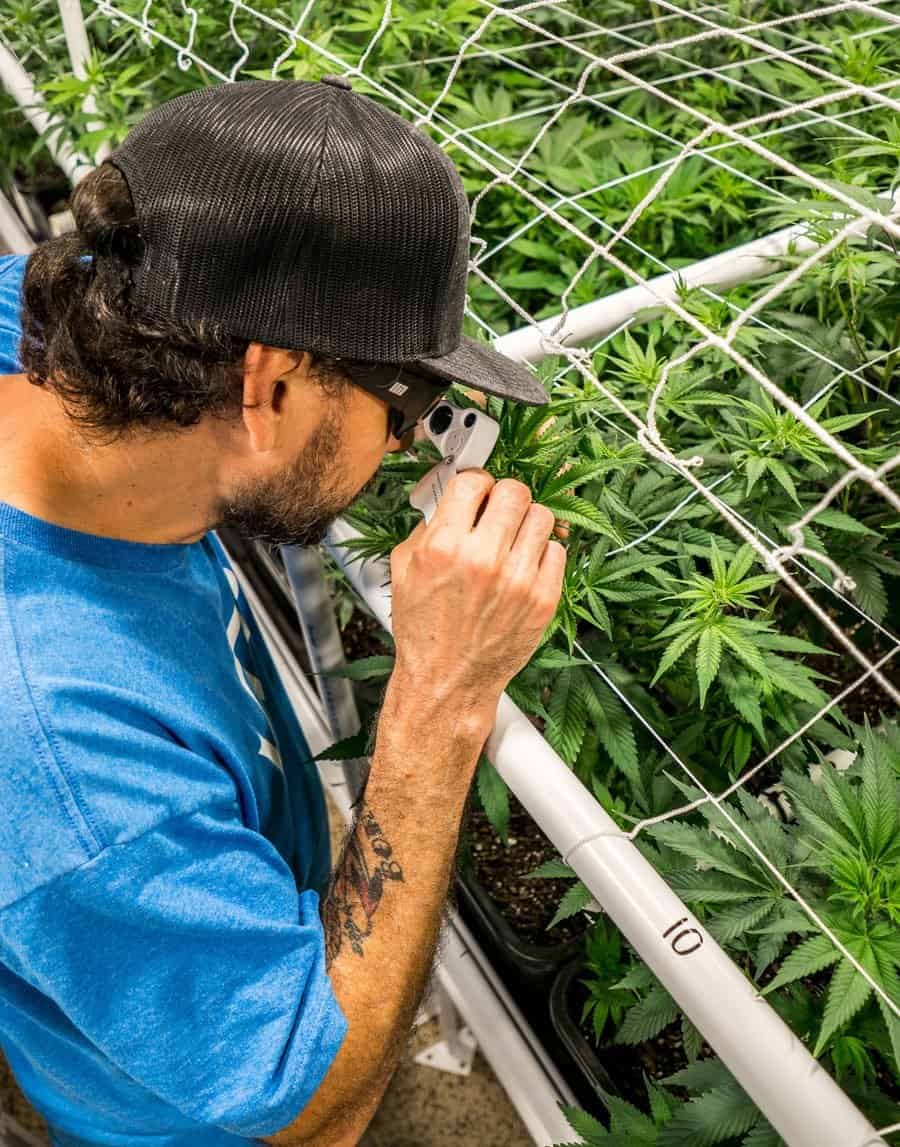Table of Contents
When we talk about cannabis, two things come to mind THC and CBD. These two cannabinoids have gained a lot of attention over the years. THC for it’s famous “high”, the psychoactive effect. CBD is mostly known for it’s potential therapeutic benefits without the high. Cannabis is much more than just THC and CBD.
When multiple compounds like cannabinoids, terpenes and flavonoids come together they create what’s called “The Entourage Effect”. It’s like a symphony, when all the instruments (or in this case, cannabis compounds) come together, the result is much better.
What Is the Entourage Effect?
There’s something going on behind the scenes that really makes cannabis work its magic, it’s called the Entourage Effect. Sounds fancy, right? But it’s actually pretty simple—when all the different compounds in cannabis team up, they create a much better experience than any one of them could on their own.
Smoking pure THC might get you super high, but it can also hit you with some unwated side effects, like paranoia or anxiety. But when you throw CBD into the mix, it helps to balance the high. And then you’ve got other cannabinoids, terpenes (those are the things that give your weed its smell), and flavonoids (they make it pretty and tasty) all doing their part to create a smooth, enjoyable high.

THC, CBD, and THCA: The Power Players
THC and CBD. If you’re a regular smoker, you’re probably already familiar with these two, but here’s a quick refresher:
THC (tetrahydrocannabinol)
THC (tetrahydrocannabinol) is what gets you high. It’s the main psychoactive compound in cannabis and gives you that euphoric, floaty feeling. THC doesn’t just get you high, it’s also great for pain relief, boosting your appetite (hello, munchies), and helping you chill out. On the flip side, too much THC can sometimes make you feel anxious or paranoid.
CBD (cannabidiol)
CBD (cannabidiol) doesn’t get you high, but it’s got a ton of benefits. It helps with anxiety, inflammation, and even sleep. When CBD teams up with THC, it can actually mellow out the high, making it less likely to get those unwanted side-effects like anxiety or paranoia.
THCA (tetrahydrocannabinolic acid)
THCA (tetrahydrocannabinolic acid) is the raw form of THC. Before you heat your buds—whether you’re smoking, vaping, or cooking with it—most of the THC is actually in its THCA form. THCA doesn’t get you high, but it’s got some pretty impressive health benefits, like reducing inflammation and nausea. Some people even juice raw cannabis to get THCA without the high.
The Other Cannabinoids You Should Know About
Beyond THC and CBD, there are other cannabinoids that play smaller, but still important, roles in how you feel after lighting up.
CBG (cannabigerol)
CBC (cannabichromene) doesn’t get much time in the spotlight, but it’s worth mentioning because it’s believed to help with pain relief, mood, and even acne. Yep, weed for clear skin—who knew?
CBC (cannabichromene)
CBC (cannabichromene) doesn’t get much time in the spotlight, but it’s worth mentioning because it’s believed to help with pain relief, mood, and even acne. Yep, cannabis for clear skin—who knew?
CBN (cannabinol)
CBN (cannabinol) is basically what happens when THC gets old. It’s less psychoactive, but it’s great for sleep. If you’ve ever had some flower that’s been sitting around for a while and felt extra sleepy after smoking it, CBN is probably the reason why.
Trichomes: The Secret to Potent Cannabis
When you look closely at a cannabis bud and see those frosty, sticky crystals, you’re looking at trichomes. These tiny, hair-like structures are where all the magic happens. Trichomes are the key to what makes cannabis potent, flavorful, and aromatic.
Why trichomes matter:
- Trichomes are small factories that produce THC, CBD, and other cannabinoids. The more trichomes a bud has, the more potent it’s likely to be.
- Trichomes are also full of terpenes and flavonoids. These compounds are responsible for the smell, flavor, and even the color of your bud.
- For the cannabis plant, trichomes act as a defense system, protecting it from pests, UV rays, and harsh weather. But for us, they’re what gives the plant its punch.
Next time you’re checking out some sticky, frosty buds, remember that they’re the reason behind that smooth flavor, the skunky smell, and, of course, the high.
Terpenes: The Flavors Behind the Experience
Let’s chat about terpenes. They’re the compounds in cannabis that give it its smell and flavor—earthy, fruity, or citrusy. But they do more than just smell good; they also affect how the strain makes you feel.
Here are some of the most common terpenes:
Myrcene is found in a lot of indica strains. It has an earthy smell and is known for making you feel super relaxed. That “couch-lock” feeling? That’s probably myrcene.
Limonene has a citrusy scent and tends to give an uplifting, happy vibe. It’s often in sativa strains, which are the ones that boost your energy and creativity.
Linalool smells a bit like lavender. It’s calming and great for helping you relax after a long day.
Pinene smells like pine trees and can help with focus and alertness.
Flavonoids: The Colors and Extras Behind Cannabis
Now, let’s talk about flavonoids. You don’t hear about them as much, but they’re pretty important. Flavonoids are the compounds that give cannabis its color—whether it’s purple, red, or green. But they don’t just make the plant look pretty; they also bring extra benefits to the mix.
Here’s what you need to know:
- Flavonoids add to the flavor and smell, working alongside terpenes to create the full experience.
- Some flavonoids, like cannflavins, have been shown to have anti-inflammatory effects, which can help with pain and swelling.
- While research is still ongoing, flavonoids may also have antioxidant properties, which means they could be good for overall health.
So, while flavonoids aren’t the stars of the show, they play a key role in making each strain unique, both in how it looks and how it affects you.



